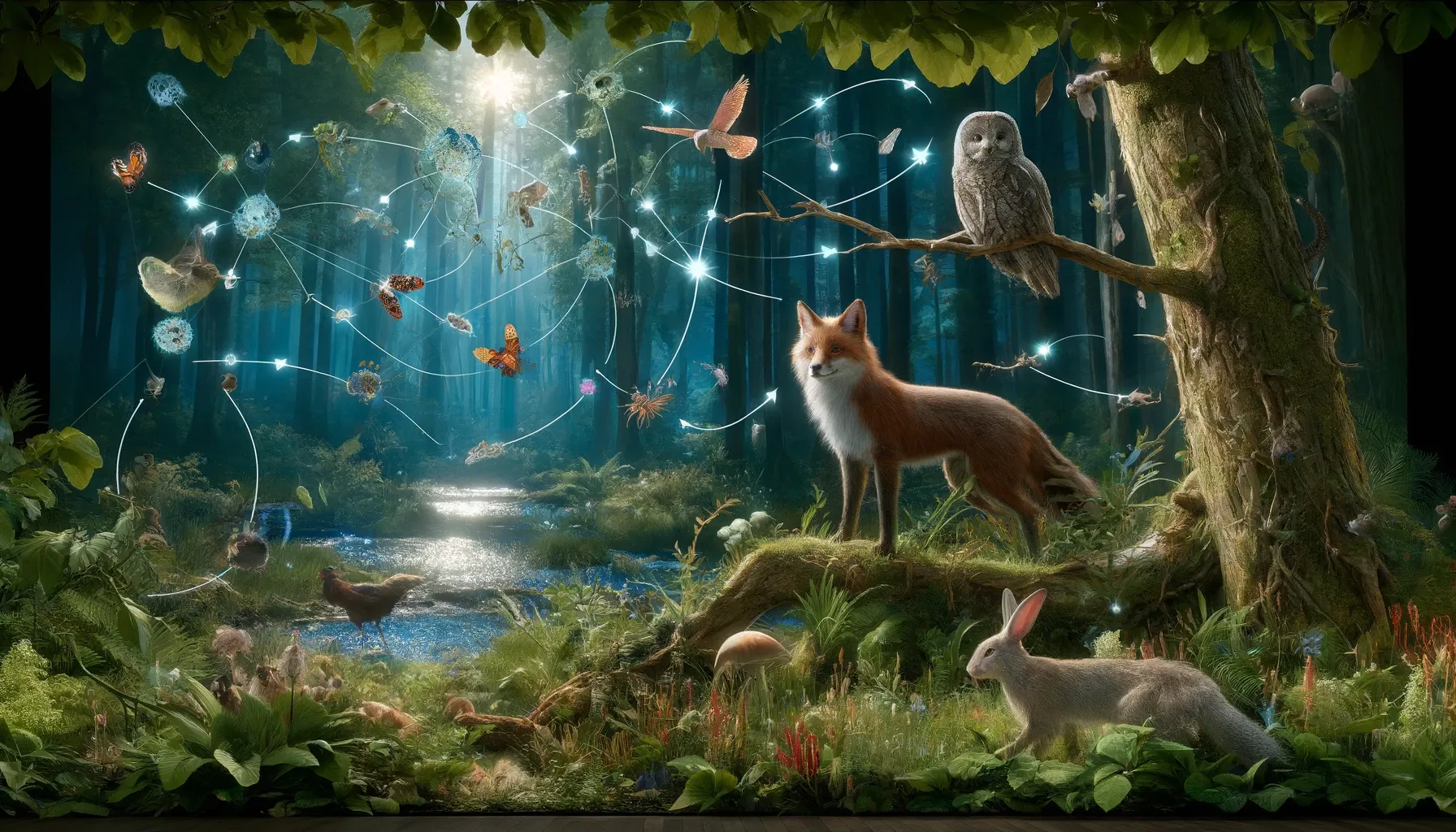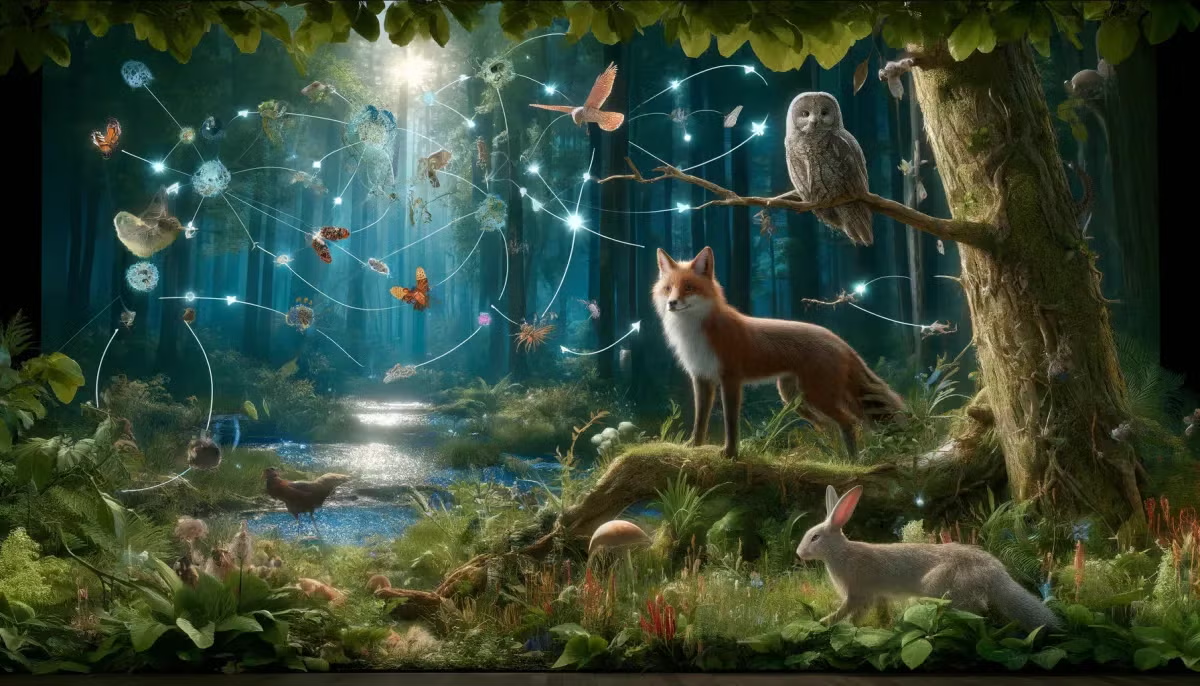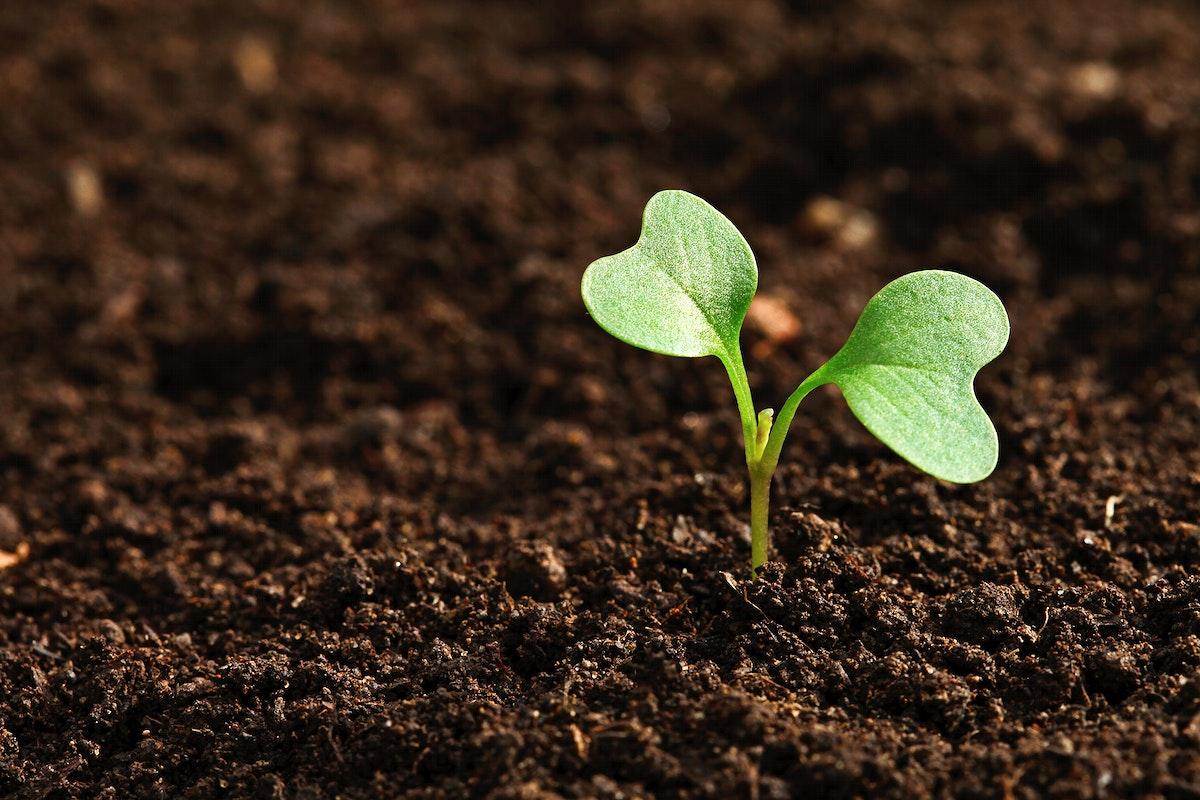
Environmental Changes: Animal Adaptations
by Jeremiah Mangilit
In this lesson, the students will list various kinds of animal adaptations. Demonstrate an understanding of how an animal's adaptations help it to live in its particular environment. Recognize typical animal traces, comprehend the ways in which tracks might provide details about an animal, and acknowledge the variety of wildlife in their immediate environment.
Lesson Grade Level
4th GradeLesson Plan Link/URL
https://docs.google.com/presentation/d/1zczKLlgYKpqnppEYWCgrqxUdjZrv8krp/edit?u…Subject Area
Science Life Science L3: Genetics & Heredity Technology 2. Digital Citizen English Language Arts (ELA) Writing
Featured
Off
Related Content

Grades:
6th Grade
In this activity, students will work together to discuss what they know about frogs and what a frog's tongue is like. Students will be engineering a frog's tongue and discussing it's adaptations.

Grades:
6th Grade
Students discover how plants and soils interact by observing root growth, considering the function of a plant’s roots, modeling the movement of water into the roots, and investigating the movement of

Grades:
Kindergarten, 1st Grade, 2nd Grade
Teachers don't talk trash, they talk COMPOST!! Compost is the best way to teach students the value of community as they create a Classroom Compost Program. In this 3-day introductory lesson, students